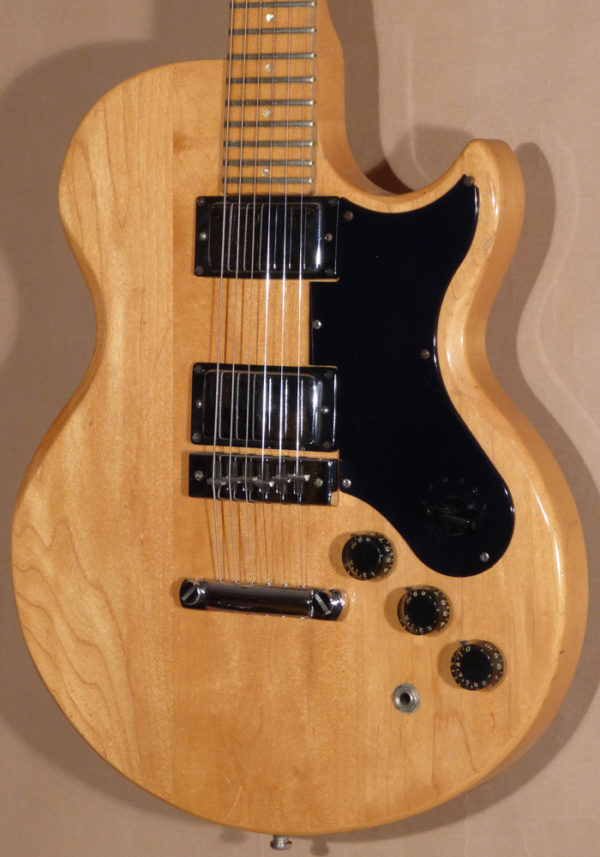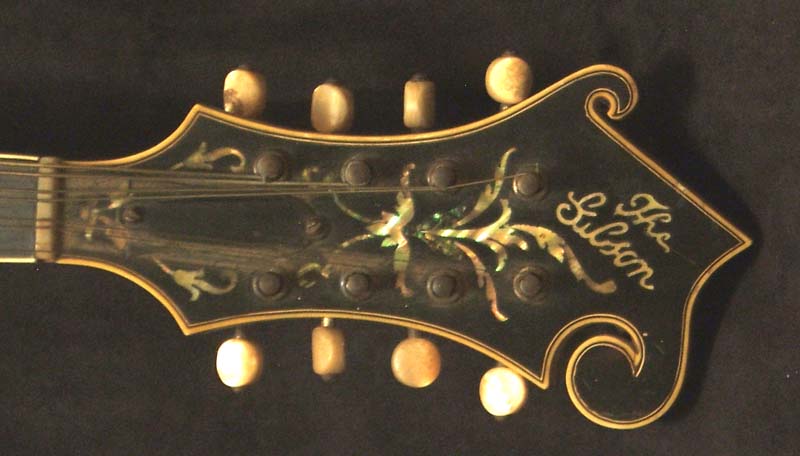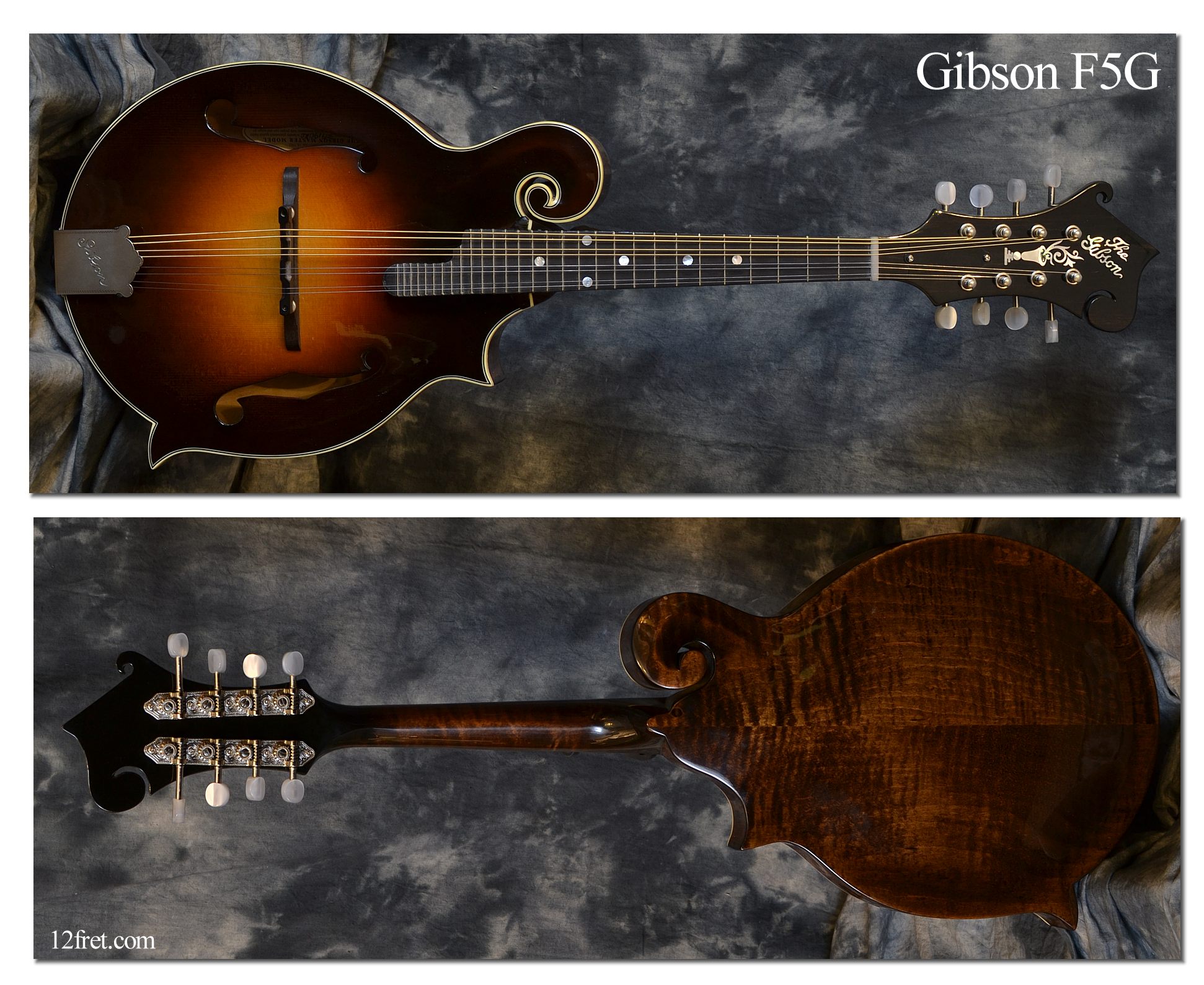


RRR(R) indicates the guitar's place production for that year.Gibson Custom 1952-1960 Les Paul, Explorer, Flying V, and Futura reissues (since late 1992): Those beginning with "94": In 1994, Gibson's Centennial year, many instruments have a serial number that begins with "94" for the year, with the remaining 6 digits indicating the ranking number. 9 xxx = 1989 (4 digit number beginning with "9" used only in 1989).The 1st and 2nd indicate the year of manufacture for the 6 digit serial numbers which we've been using since 2000. There should be a space after the 1st digit with the 4 and 5 digit serial numbers, and no space with the 6 digit numbers. The 1st digit indicates the year of manufacture for the 4 & 5 digit serial numbers, these were used from 1989-1999. Most will be 5 to 6 digits in length, but the earliest examples feature 4 digit serial numbers. There are always exceptions to these rules, the two listed below are worth noting: Les Paul Classic: This model features an ink stamped serial number with no "MADE IN USA" (just as we used on the original 1952-1960 Les Pauls). The only difference is the addition of this batch indicator. The first 5 numbers remain the same, the last 3 numbers will remain the same. The sixth number is now a batch number- batch 0 starts at the beginning of the day, and once we stamp 699, the batch number will change to 1. NOTE - Gibson USA goes to a 9 digit serial number in early July 2005. 3, 1985, in Nashville and was the 1st instrument stamped that day.




 0 kommentar(er)
0 kommentar(er)
